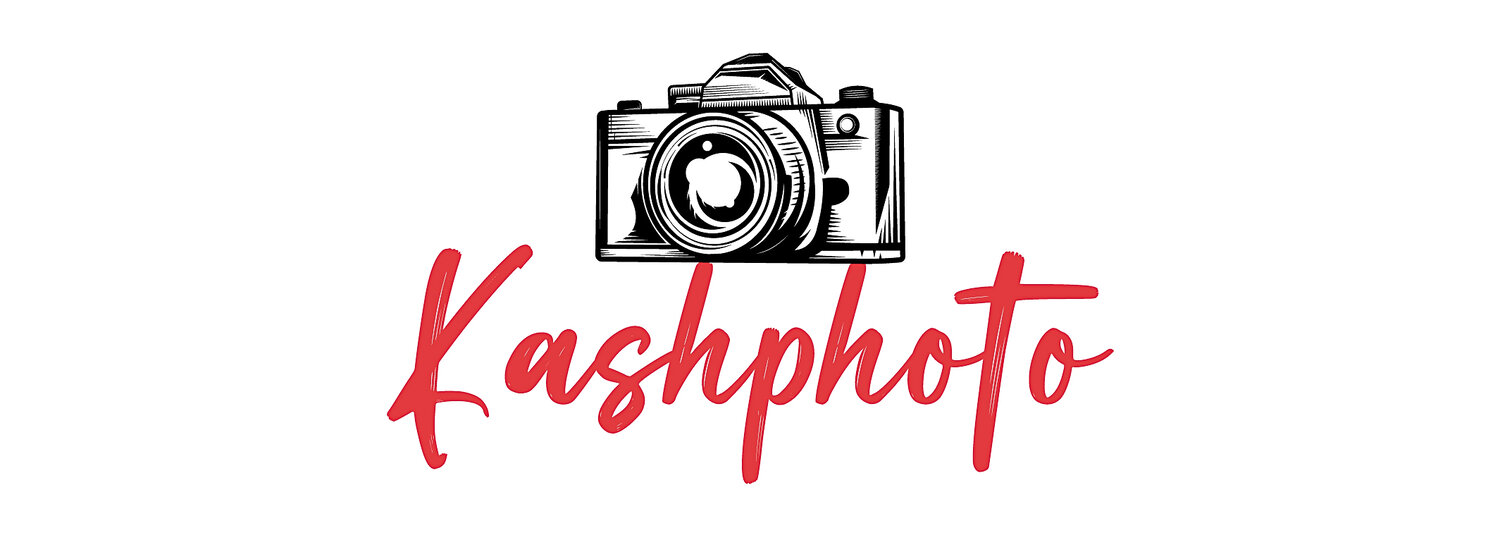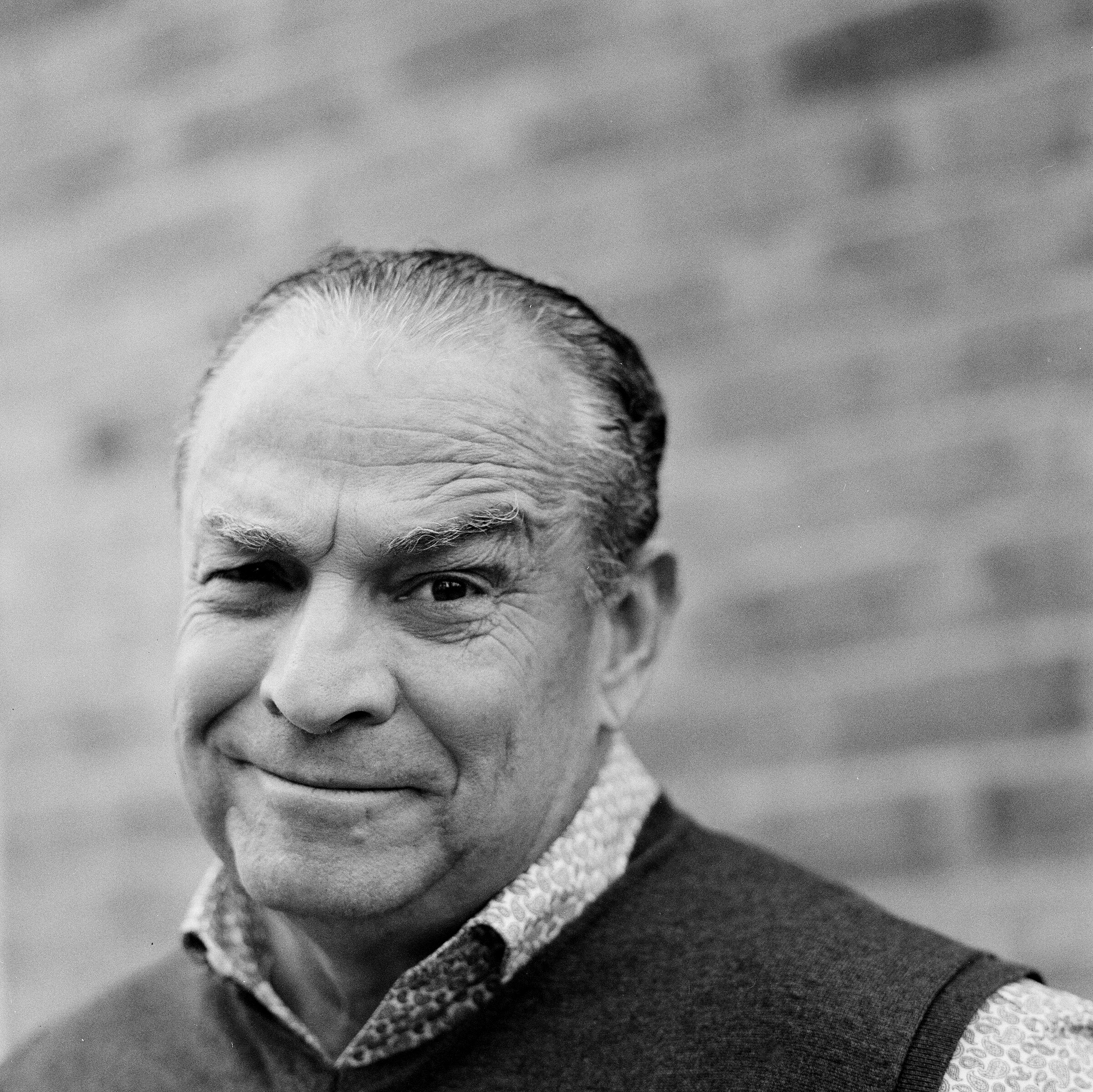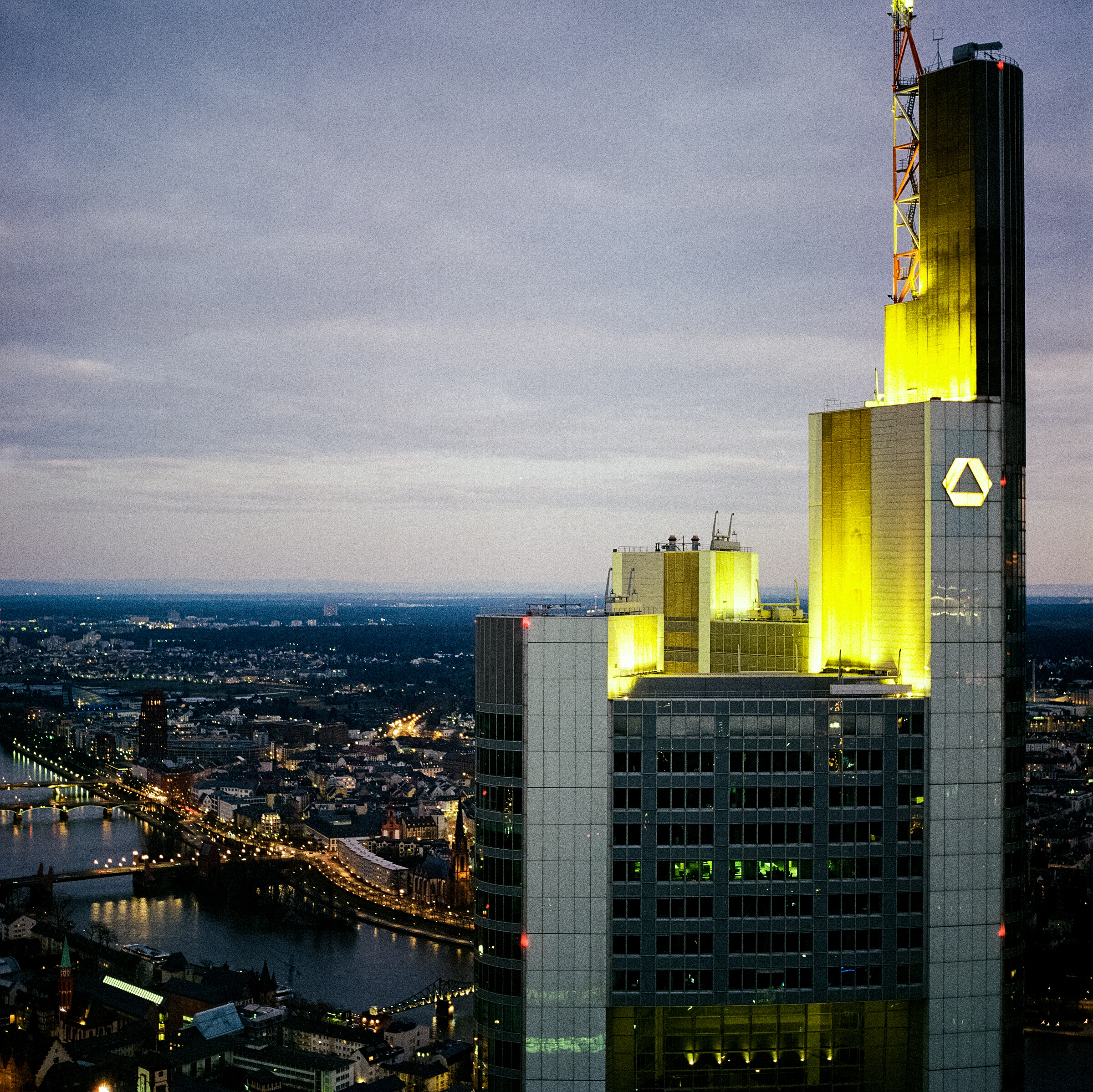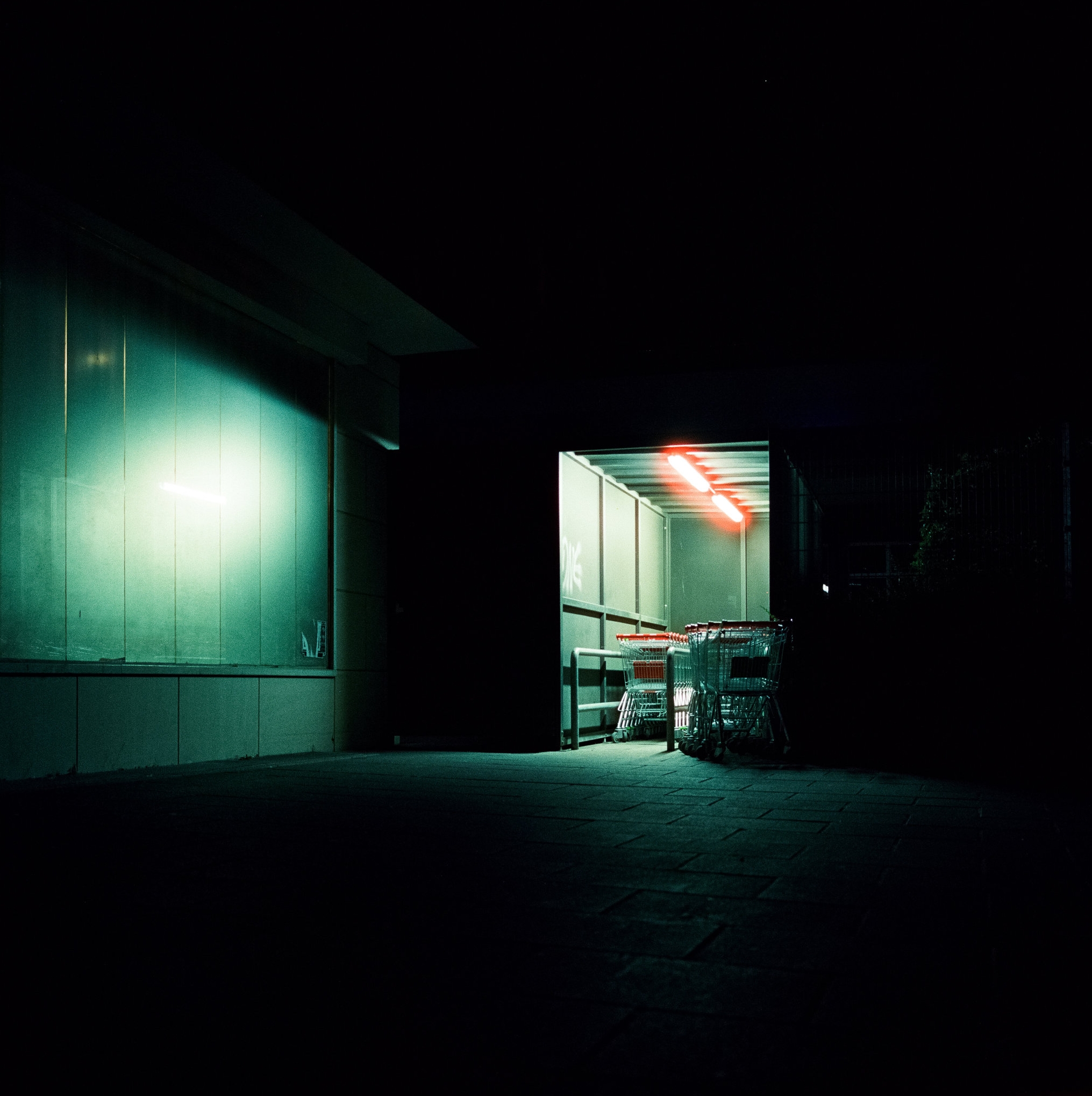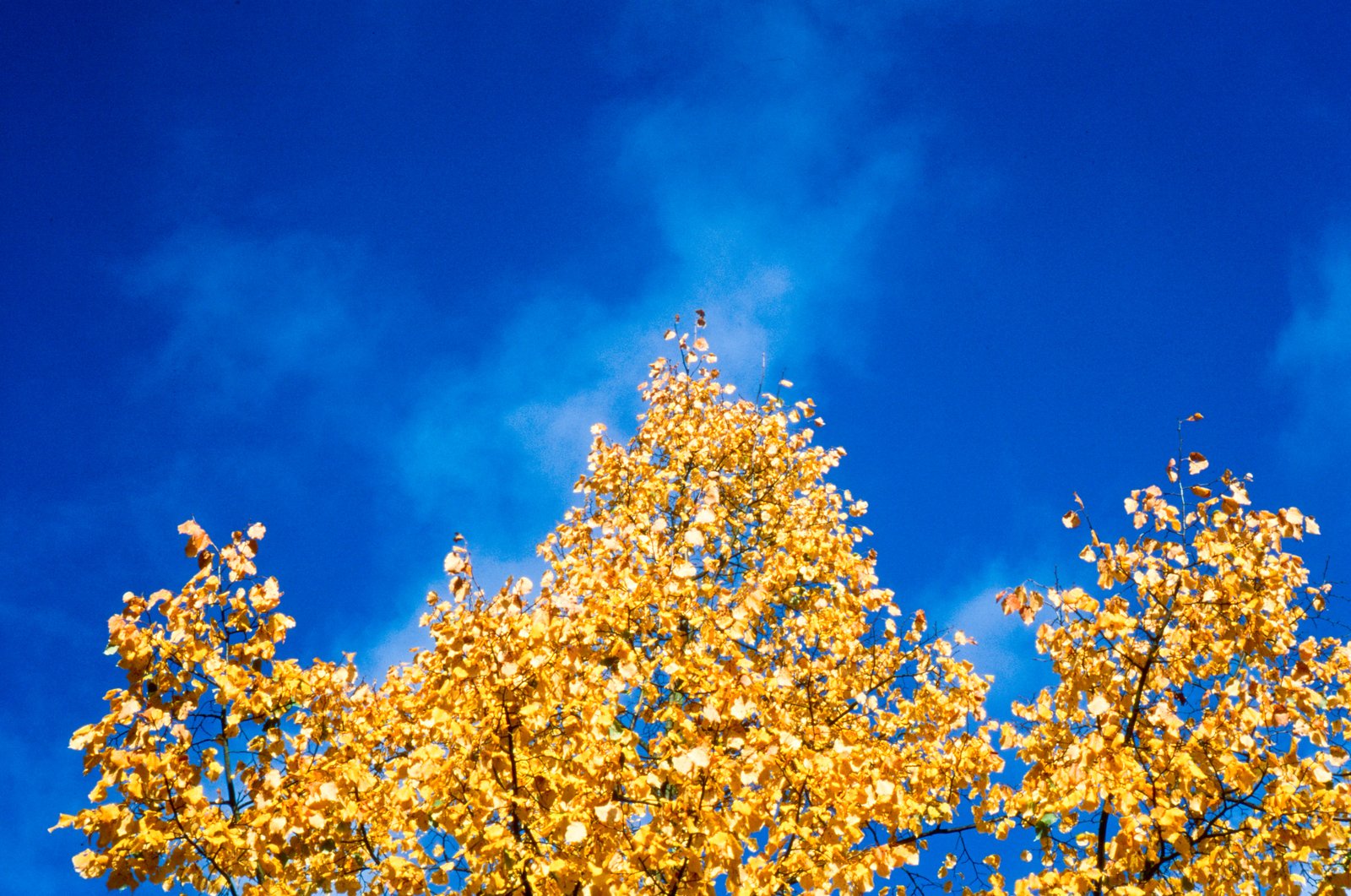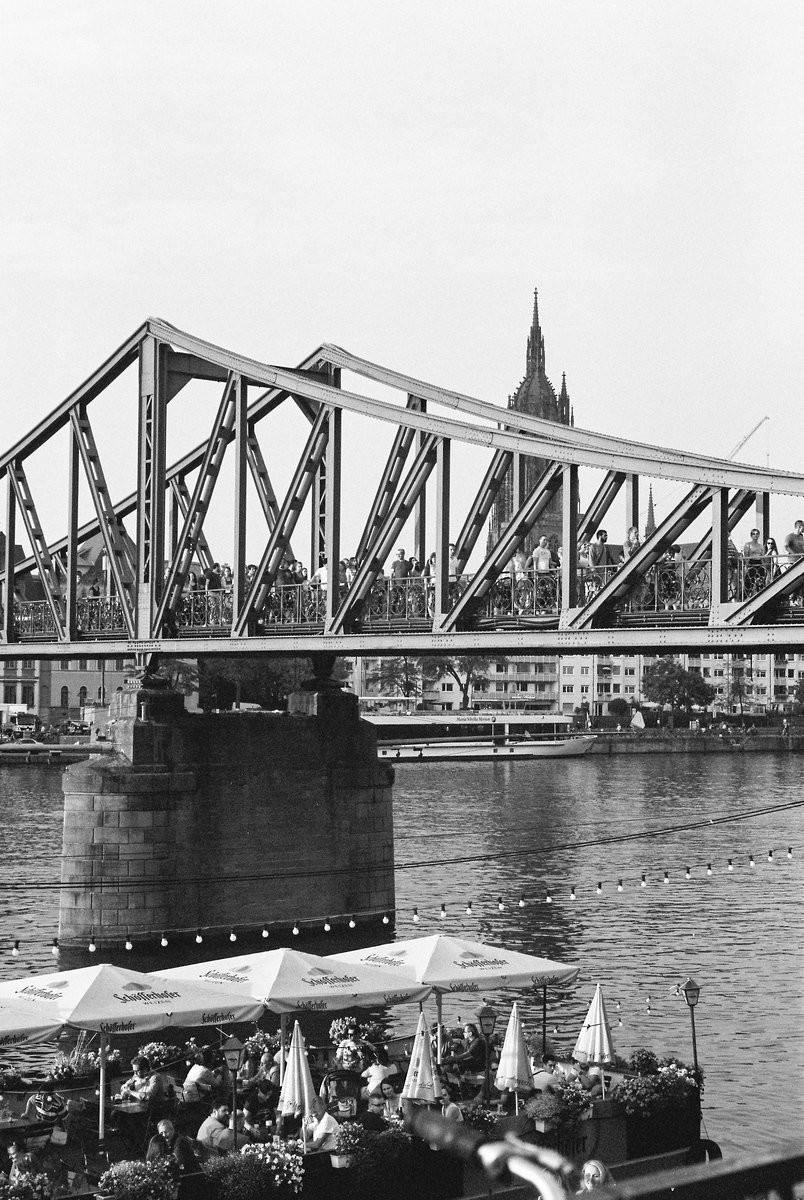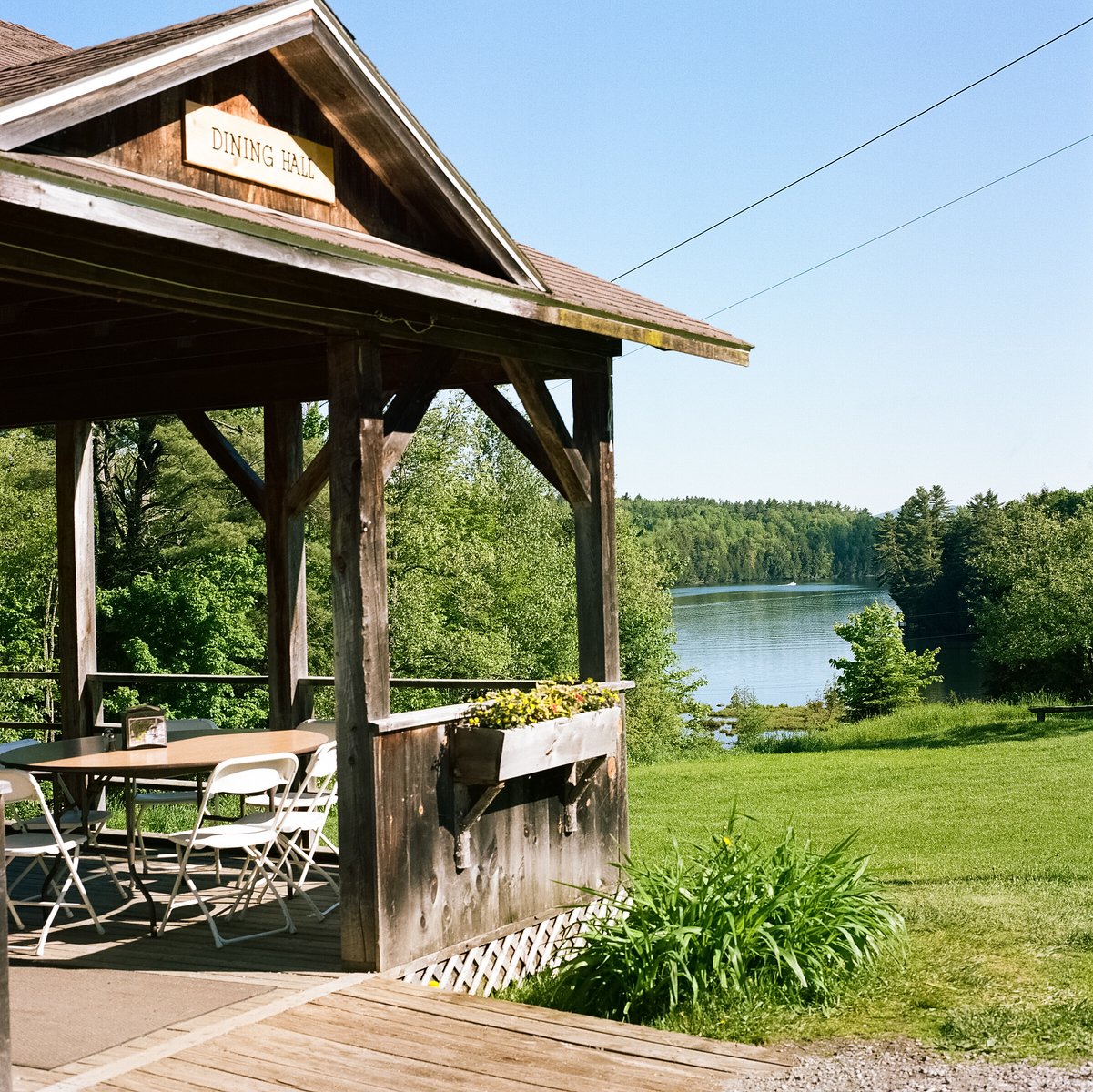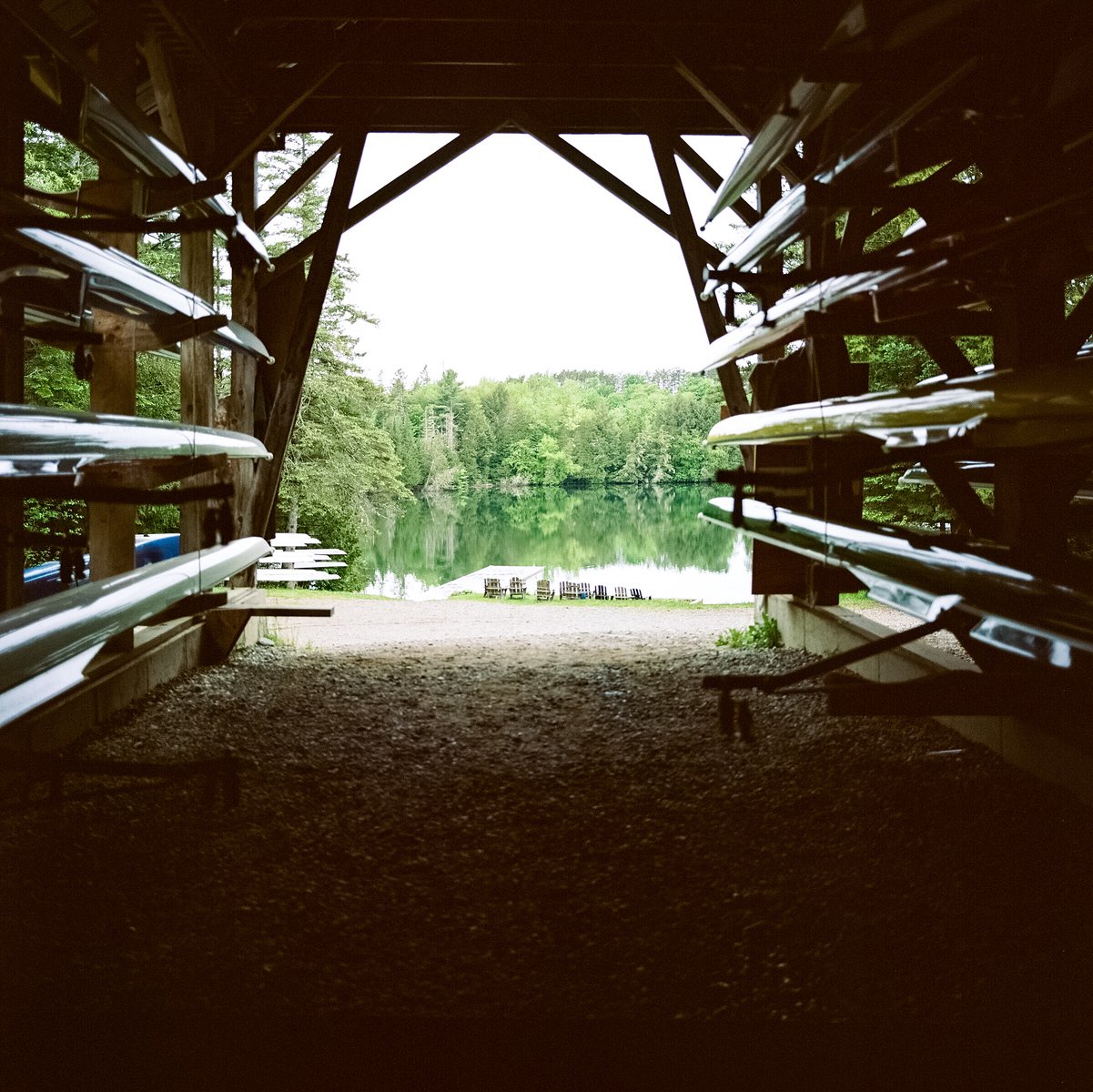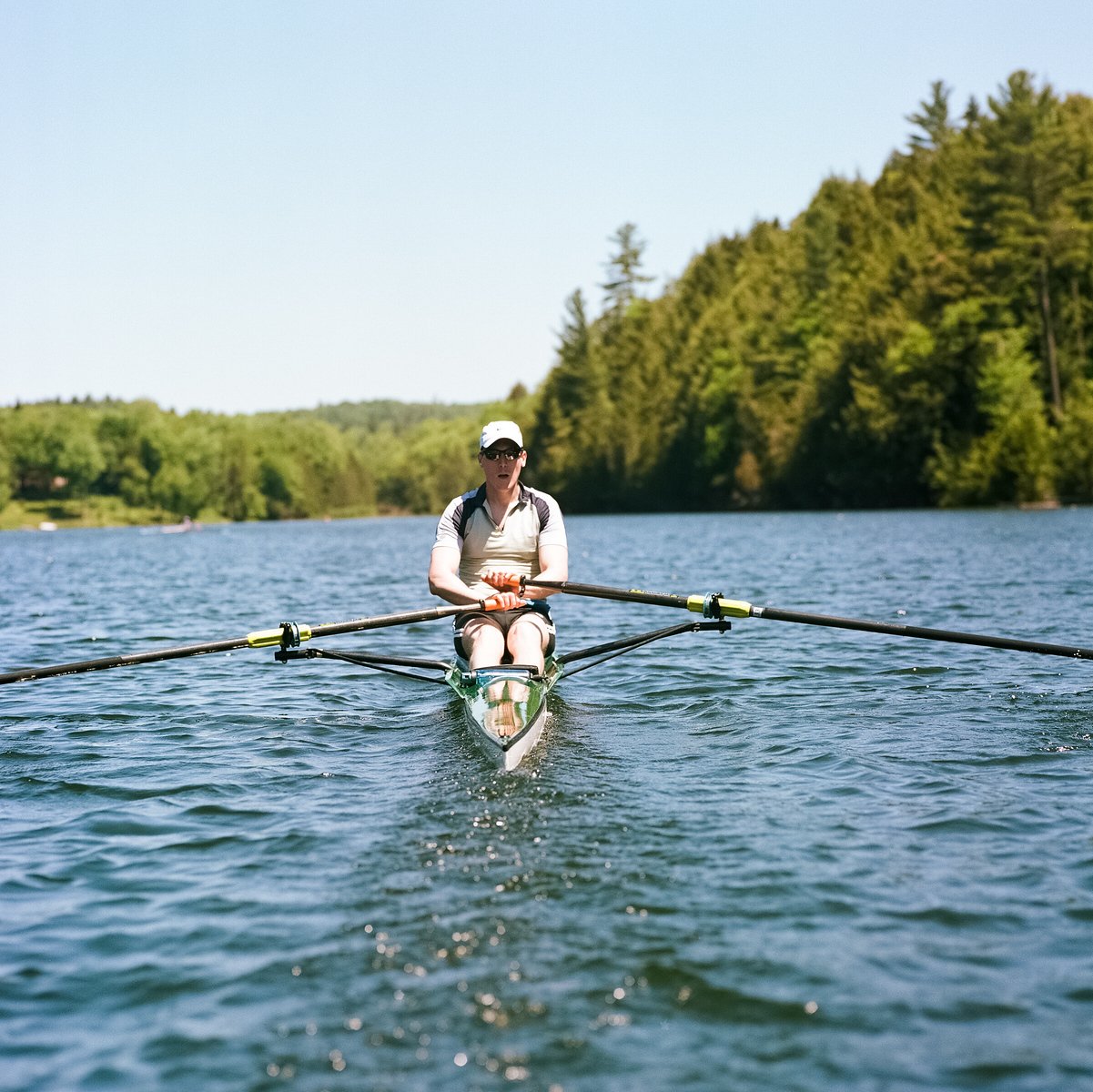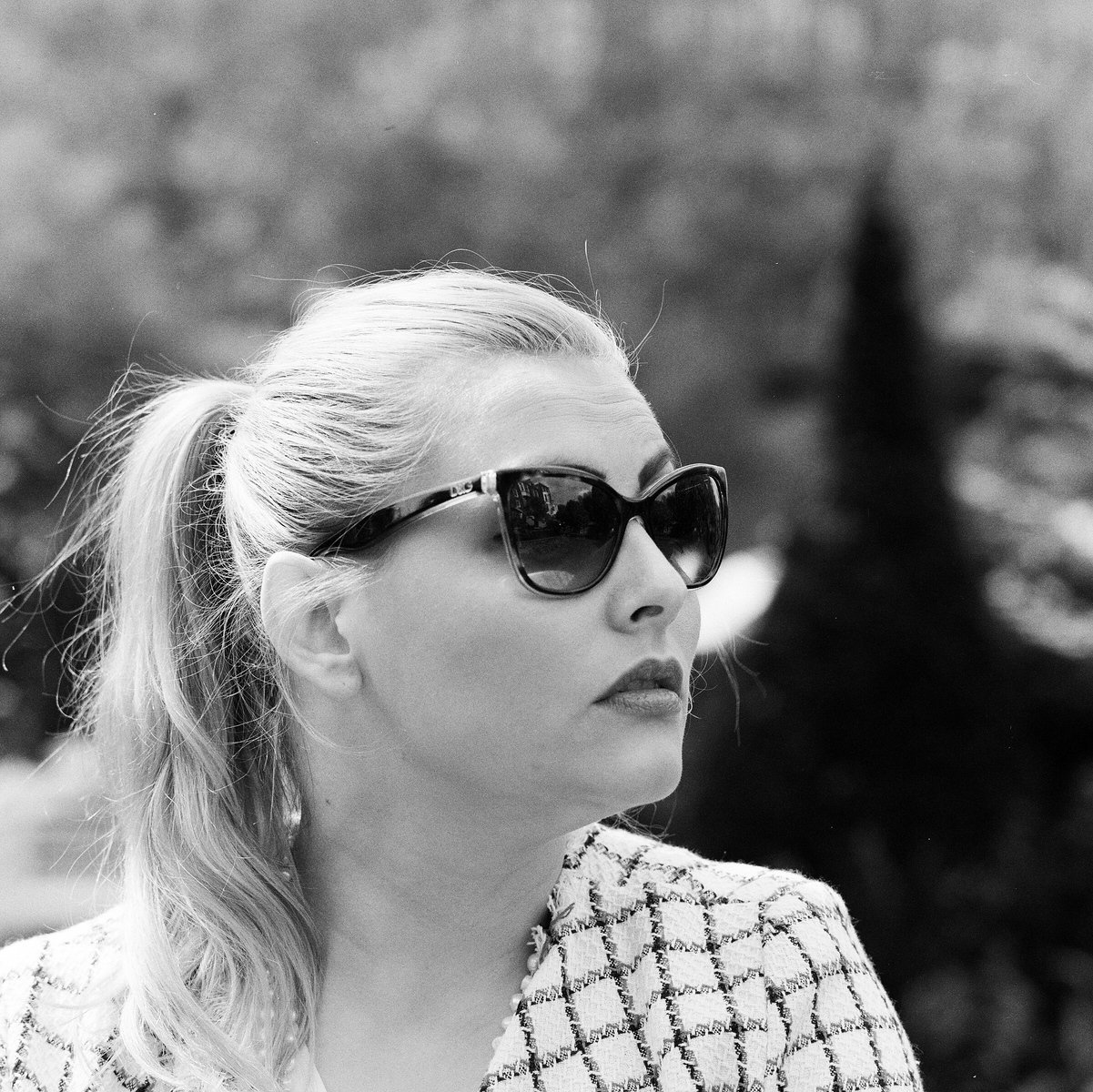Countless rolls, hours invested in planning and shooting, lots of money spent on film and development, but it was more than worth it! Here are my reflections on a year long journey and my top 99 best photos!
Given that I have spent the last 52 weeks taking photographs of other people and other subjects, I suppose it is only fair that I put up one photo of myself! Taken by my mate Cameron, who also has a knack of cracking a joke at the perfect time when his camera is pointing straight at you.
I could ramble on about how life changing of an experience this has been (I am exaggerating of course), but at the end of the day this has just been a really fun project, requiring a bit of organisation and effort, with some really cool results. Importantly, just being out and about taking photographs has been loads of fun, the write-up and blog posts has been a great added bonus. It just shows you how much you can do if you just stick with it!
So, back to the photography and the films. I've certainly improved my skills in the last 52 weeks, but only because it has taught me to be more aware, slow down, look, assess, think, look again. Every shot cost money (sometimes a lot if we are talking medium format), and that's a good thing. In an age of instant gratification and seemingly endless (digital) storage, it helps to do less, shoot less, but with infinitely more intent. Without wanting this to end up as a self help preach, here are my key reflections on shooting only film for 1 year:
1. Slow down
If there is one thing shooting film teaches you is to slow the hell down. Work a scene, walk around first, take it all in, then think about taking a shot. Or don't take a shot. At the end of the day every time you press that button you pay for it, and that's quite a motivator to make you really think about what you are shooting.
2. Old manual cameras work just fine, and will for a long time
It still amazes me that you can pick up a camera that is 50 years old, dust it off, give it a bit of a clean and off you go - it works! And it produces photos that a digital camera simply cannot produce, because one is exposing light onto something physical (the film) and another is interpreting that light by a series of algorithms (the digital sensor and computer). This isn't a competition, both serve their own purpose, but old film cameras were really built to last, one just has to appreciate how well built they are.
3. Surprise!
Shooting a different film every week really provided me with a wonderful surprise every time I saw the results, really not quite knowing how the shots would come out. Hoping they would be close to what you had imagined at the time, but also being pleasantly surprised that the film reproduction gave you something totally different. I also forgot a lot what I shot, which made the experience even better. There really is nothing quite like a good surprise.
4. No LCD = quality over quantity
One of the best things about shooting film is the lack of an LCD screen on the back of the camera. You work the scene, take the shot, move on. In fact, it is such a release from the constant checking of shots, taking way more than you need, and in the end none of them are good enough (or so you make yourself believe that). It shows you how preparation is the key to everything and once you commit to pressing that shutter release button, it is done and you move on.
5. Work with what you have
Shooting manual mode - with a fixed ISO (the film - unless I have my Hasselblad and can switch out the back for a different one with another film), limited range of shutter speeds and lens apertures - is all you have.
No more, no less. If you are shooting with one lens only then you use your body to get closer or further away from your subject. You might be lucky and have a simple in-camera light meter (or use an external one), but pretty quickly you start to become an expert on lighting and exposure. So, not only do you work within the limitations of your manual camera, but you learn, learn, learn. No leaning on automatic mode, no letting the camera do the work for you, it is all you and how you are controlling the camera, not the other way round.
That being said, there is absolutely nothing wrong with automatic cameras, as you will still need to determine what it is you are taking a picture of (composition) and why (perception and meaning of an image), but doing it in full manual mode makes it so much more rewarding in an age of delegating responsibility for those decisions to computers.
So, in summary, that is what I have learned over 52 weeks!
Before I delve into a long philosophical monologue about the meaning of life, let me pause and tell you this: if you have never tried film before, go out and buy the cheapest working film camera you can, or better still ask your parents for their old (and still working I am sure) camera, then drop me a line with your address and I will send you some film and a whole load of encouragement with it!
So what about the best films of the 52 weeks then?
Before I go into my 'Top 99' photographs (why 99 and not 100? it's always good to have 1 more I am working towards, the elusive perfect shot!), I did have a long think about the experience of these various films, from black & white to colour, to infrared and speciality films. So many variations, so many different experiences. And whilst I did try to put together a specific film with a specific theme each week, you sometimes just have to go with the flow. It's also worth mentioning that sometimes I shot more than 1 roll in a given week, and perhaps tested that particular film a bit more. However, as always, first impressions count so here goes:
Most consistent black & white film - Kodak Tri-X 400
Having used this film extensively, not only on this project but elsewhere, it has the classic grain structure with deep blacks and under the right shooting conditions a wonderful contrast. That being said, Ilford's HP5+ (whilst quite different) is right up there with it. I'd happily settle on either.
One to look out for in black & white - Fomapan films
These films sell for cheap and really surpass anything you would expect for this price. They are also available in both 35mm and 120mm, which is a great plus. They come in 3 versions, ISO 100, 200, and 400, and whilst my recent ISO 200 attempt was a bit flat, the other 2 performed really well.
Another to look out for in black & white - Bergger Pancro 400
Easily my favourite week regarding the process itself of taking photographs. Nothing like a good family gathering with plenty of cooperative subjects. This film is really excellent and I cannot wait to shoot more of it!
Most consistent colour - Kodak Portra 400
This film just works every time, all the time. Granted you may be after softer colour for portraits (use Portra 160) or a better low light performer (use Portra 800), there is no doubt that the Portra lineup is fantastic, and allows you to focus more on your composition and photography than wondering how the end result will turn out. I have tried it for people, landscapes, random subjects, morning, evening, middle of the day - it will always provide a good result.
One to look out for in colour - Lomography Colour 400
I had a great experience with this film, really surprised by the sharpness and great colours it produced. A real top performer by a company that is doing great work in making analog cool again and experiments widely with both cameras and film types.
Another one to look out for in colour - Kodak Gold 200
You can't go wrong with this classic film as a 'throw a few rolls in your bag' for a summertime day trip with your 35mm camera. An inexpensive film compared to the professional rolls, it will still deliver some great results and will guarantee to not only have that 'classic film look', but instantly take you back to your childhood memories.
Revelation film - Kodak Vision / Cinestill 800
I've listed two films here, because Cinestill is actually Kodak Vision but with some amendments, both are based on Kodak cinematographic film. You may recall talk of a 'remjet layer' being removed, and this causing halation in lights with Cinestill 800. Both times I got the photos back from these films I was speechless (nah not really, but very happy), with the results being far and above what I had expected. Really excellent films for low light or nighttime shooting, absolutely fantastic colour reproduction.
My 'standout' shot from the year
It is hard to pick any one photo as they are all so different and have so many different memories and meanings associated to them, but if I were to pick what I though was my best shot in terms of exposure, technically sound, and strong composition, it would be the skyline of Frankfurt below.
Some of you might think this is one of the more boring or classic type shots, and whilst that is the case, it still stands out to me as being the one I am probably most proud of. What you don't see is the extensive preparation, waiting time, other not-so-good shots before it. But not to worry, I have 99 other photographs in a gallery below that are also hand picked as my favourite shots overall. The great thing is that I like all of them, so my favourite shot really depends on the mood I am in!
Frankfurt's colourful skyline shot with my Hasselblad 501c using Kodak Portra 800 film.
What comes next?
That is a very good question. First of all, I have done some work on my website / blog to reorganise it a bit now that I have so much content, any and all feedback welcome of course.
Naturally, I can now sit back and take a small break and enjoy all the work and good results, but I have already started to think about some new posts! I probably won't start such a big project like this one just yet, but here are some things I am working on right now:
Gear reviews: as well as doing a review of each of my cameras, I am thinking more widely about reviewing other cameras or photography related stuff.
Film review: I will continue reviewing films, in particular focusing on finding rare films, as these are so much fun and can provide some really stunning results.
Old slide scanning: after enjoying the experience of getting my Dad's old slides scanning for a post, and seeing as I now have a dedicated scanner, I have sourced quite a few old slides from eBay from the 1950's period and will start scanning these and putting into a few posts. There is so much good stuff out there on Kodachrome and Ektachrome from times gone by, it is always fascinating to me to see old photographs of times gone by.
Focus areas: I am likely to continue doing special posts focusing on portraits, architectural photography, and perhaps thinking more about specific composition techniques and lighting.
I think the above will keep me busy as mini-projects and I am sure I will eventually come up with some other long project that I can obsess about non-stop.
The best 99 shots
And here is the gallery...I have uploaded them as one big block (so much easier and faster than uploading one by one, which is what I usually do!).
Enjoy, and see you next time!
Neil
